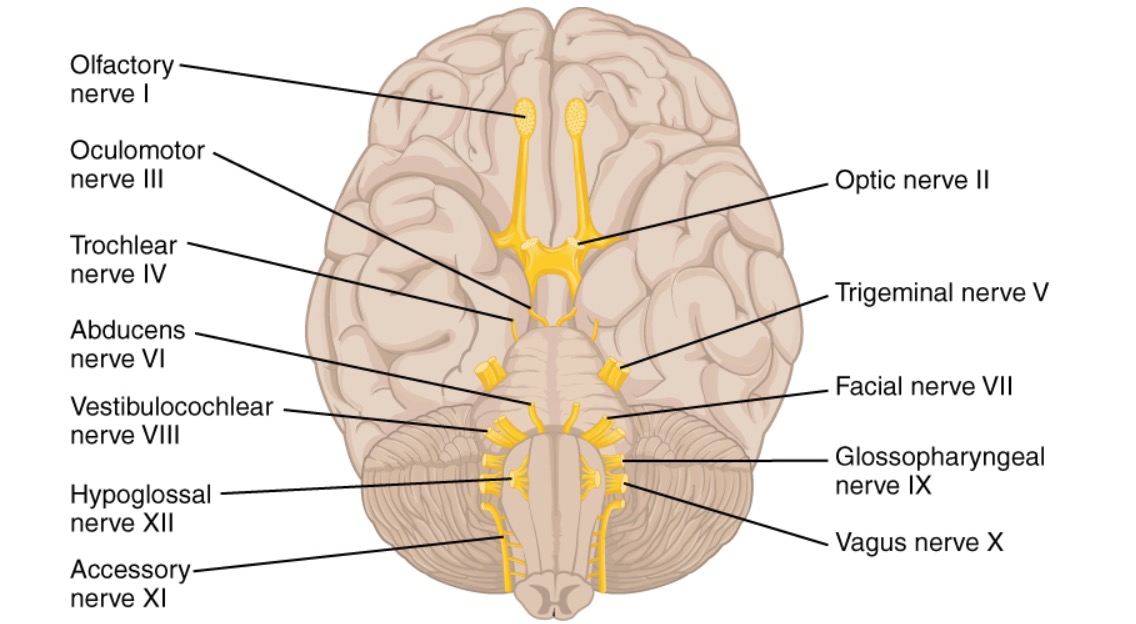Playlist
Show Playlist
Hide Playlist
Cranial Nerve XII: Hypoglossal Nerve
-
Slides 8 CranialNerves 2 BrainAndNervousSystem.pdf
-
Reference List Anatomy.pdf
-
Download Lecture Overview
00:00 The last cranial nerve for your consideration is that of the hypoglossal nerve, cranial nerve number XII. 00:08 It only has one functional component and that is general somatic efferent, so it has motor control. 00:15 This nerve is transmitted through the hypoglossal canal. 00:18 The general somatic efferent functional component is going to innervate the hyoglossus muscle that runs from the hyoid bone to the tongue which is now highlighted in red. The genioglossus running from the genio, the mandible to the tongue, styloglossus running from the styloid process to the tongue, now shaded in red. Then the intrinsic tongue musculature is also going to be innervated by the hypoglossal nerve. 00:55 Now, that is shaded in red for you. Clinical considerations for you to remember about the hypoglossal nerve would be that injury to this nerve would cause difficulty with speech. The skeletal muscle of the same side would atrophy, so atrophy of ipsilateral tongue musculature because of the lack of innervation. 01:23 Then there would be deviation of the tongue toward the affected side upon protrusion by the patient. 01:33 Causes of clinical considerations would be a tumor involving the nerve, an infarction, lack of blood supply, infection is always a consideration here, neck injury that’s in the right location, and amyotrophic lateral sclerosis, ALS is another consideration in producing the symptoms.
About the Lecture
The lecture Cranial Nerve XII: Hypoglossal Nerve by Craig Canby, PhD is from the course 12 Cranial Nerves and Their Functions.
Included Quiz Questions
Which of the following muscles is not innervated by the hypoglossal nerve?
- Palatoglossus
- Hyoglossus
- Intrinsic tongue muscles
- Styloglossus
- Genioglossus
Which condition would CN XII palsy cause?
- Deviation of the tongue toward the side of the lesion
- Deviation of the tongue toward the side contralateral to the lesion
- Loss of gustatory sensation
- Loss of pain and temperature sensation
- Atrophy of contralateral tongue musculature
Customer reviews
5,0 of 5 stars
| 5 Stars |
|
1 |
| 4 Stars |
|
0 |
| 3 Stars |
|
0 |
| 2 Stars |
|
0 |
| 1 Star |
|
0 |
Great Lecture! Very knowledgeable professor and nice visuals. Thank You!




